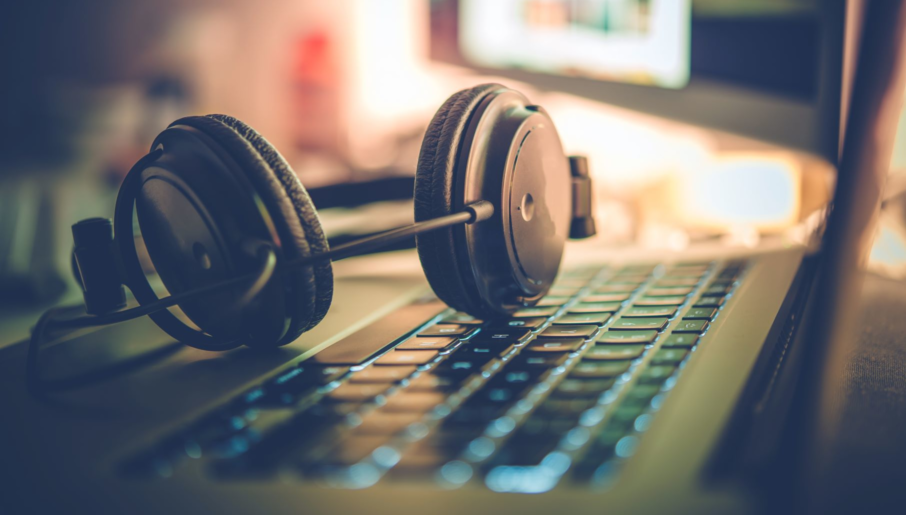With the help of YouTube, content creators may now reach a worldwide audience. Nonetheless, copyright concerns still pose a serious problem for the platform as a whole as well as content producers. Copyright allegations have resulted in channel termination, demonetization, and strikes for several users. This post examines five doable solutions like royalty free music to the YouTube copyright issue that would aid both producers and copyright holders.
1.Educate Yourself on Copyright Laws
Anyone making anything on YouTube has to be aware of copyright restrictions. Although copyright rules might be complicated, spending some time learning the fundamentals can help you avoid future difficulties. Familiarize yourself with principles like fair use, and public domain, along with creative commons licensing. A plethora of internet sites provide basic courses and tutorials on copyright law. You’ll be more capable of producing material that upholds the intellectual property rights of others while safeguarding your own creations if you educate yourself.
2.Use Royalty-Free or Licensed Content
Using content that is either legally licensed or royalty-free is one of the easiest methods to stay clear of copyright difficulties. This comprises music, photos, and video snippets. You may include high-quality, royalty-free elements from several websites into your videos without having to worry about copyright issues. Be careful to read and abide by the license’s conditions before utilizing any content that has been licensed. If you need to show that you have authorization to utilize the content, keep track of your licenses and permits.
3.Implement a Content ID System
Prior to publication, content ID systems can assist in locating copyrighted content in videos. Although YouTube now has its own Content ID system, it could be advantageous to establish a comparable system for producers. This would enable content creators to review their work for any copyright violations prior to posting. A system like this might identify any possible matches between audio and visual components and a database of copyrighted works. Creators may prevent strikes and make sure their work is compatible before it goes live by identifying any problems early.
4.Improve the Dispute Resolution Process
Both artists and copyright holders may find the existing YouTube copyright dispute procedure to be aggravating. Improving this approach might assist handle disputes more efficiently and fairly. Establishing an impartial third-party arbitration mechanism for copyright disputes is one potential remedy. This might offer a more impartial method of settling disputes and guarantee that both authors and copyright holders have an equal opportunity to make their case. Furthermore, it could be possible to lessen false accusations and safeguard authentic information by increasing the transparency of the dispute procedure and establishing more precise fair use criteria.
5.Encourage Collaboration Between Creators and Copyright Holders
Encouraging cooperation between content producers and copyright holders may result in more creative approaches to the copyright issue. Platforms should encourage these two groups to develop mutually beneficial arrangements by facilitating talks and cooperation between them. For instance, content producers may discover new methods to market and profit from their copyrighted work, while copyright holders may provide more flexible licensing alternatives. Working jointly might allow both of you to take advantage of YouTube’s visibility and income prospects.
Conclusion
All parties concerned in YouTube’s copyright issue—the platform, content providers, and copyright holders—must put out effort to improve the situation. We can strive toward a more equitable and balanced copyright environment on YouTube by educating ourselves on copyright laws, using content that is legally licensed, putting in place better content identification tools, enhancing dispute resolution procedures, and promoting cooperation.


